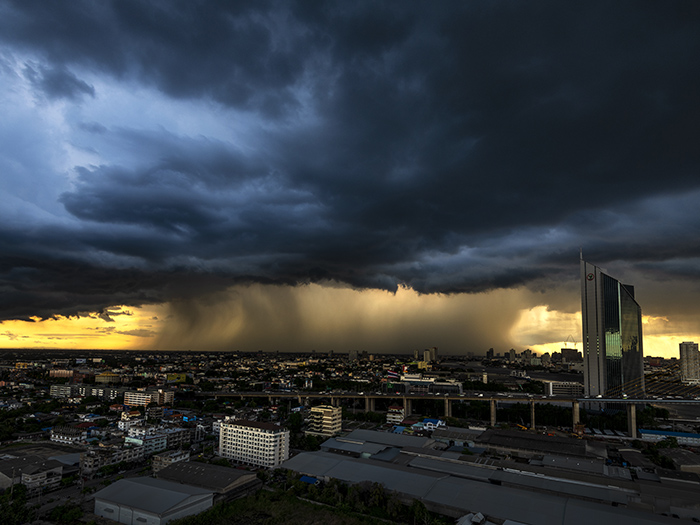A Closer Look at the COVID Presumption Laws and the Lasting Impact They’ll Have on Workers’ Comp
COVID-19 has impacted American workers and employers in many ways. From its roots as an injury compensation system, American workers’ compensation has evolved on a state-by-state basis.
Despite some outliers, disease has not generally been compensable in these systems. However, the nature of COVID-19 has led some states to legislatively amend the workers’ compensation social contract and shift virus costs to employers and insurance carriers retroactively.
While COVID-19 remains a specific focus, there is an underlying suggestion of a potential and generalized expansion of workers’ compensation in the long-term.
As legislators and politicians increasingly turn to the use and expansion of the “presumption” in workers’ compensation to extend automatic compensability to selected workers who may have been exposed to disease, insurers and employers seek to understand the costs and other implications on workers’ compensation systems.
Such systems have traditionally relied on verification that injuries and illnesses occurred in both the course and scope of employment.
Some argue that presumption first emerged as a significant issue with the establishment of the 911 Victims Fund in response to the terrorist attacks on September 11, 2001. This fund was designed to assist those injured and killed on that fateful day.
The federally designed and funded program was intended to protect the New York workers’ compensation system from the unusually large burden of such a catastrophic event. However, in reality, presumption and its use has been evolving for decades.
Concerns over the expanded use of presumption first got the attention of workers’ compensation rating sources around 2010. The National Council on Compensation Insurance (NCCI) released a white paper on the topic in 2013. The organization provided another comprehensive look in 2018. NCCI updated the report in 2020 as a result of COVID-19 and the accelerated turn to this approach.
The NCCI estimates that the use of presumption of compensability for COVID-19 exposed workers could increase workers’ compensation costs from a low of $2.78 billion to $81.5 billion in the 38 states they study.
Until COVID-19’s appearance, NCCI and other rating bureaus have been unable to reliably quantify the cost impact of the presumption as it applied to first responders, firefighters and peace officers. Its impact on government is more difficult to quantify as the exposure is largely tax-funded rather than commercially insured.
The NCCI did, however, conclude that this approach to expanding the definition of covered occupational diseases in workers’ compensation will have substantial cost ramifications depending on the breadth, depth and frequency of its application.
The NCCI estimates that the use of presumption of compensability for COVID-19 exposed workers could increase workers’ compensation costs from a low of $2.78 billion to $81.5 billion in the 38 states they study.
New York and California, both engaged in their own rating activity, have issued their own estimates. The impact is even more startling when considering the estimates for single states.
New York’s estimated impact on loss costs from varying applications of the presumption for COVID-19 “could exceed $31 billion.” This is 353% of current annual workers’ compensation costs in the State of New York without COVID-19 presumptions.
For the State of California, the Worker’s Compensation Insurance Rating Bureau estimates the presumption on COVID-19 could range from an estimated $2.2 billion up to $33.6 billion, with a mid-range estimate of $11.2 billion.
This is 61% above annual workers’ compensation costs in that state. While presumption now appears to have traction, the full cost impact will take some time to reach reliable values.
The long-term implications for the workers’ compensation systems and the potential effect on the “grand bargain” remain an open question. As the use of presumption evolves beyond COVID-19, key questions become what new disease will be foisted upon the workers’ compensation system in the future and will “course and scope” become irrelevant to compensability?
Only time will tell. &
Visit The Sedgwick Institute for more information, including two white papers that explore these issues in-depth.










